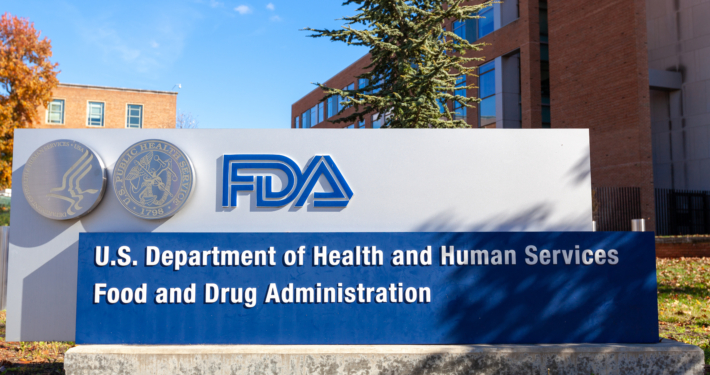FDA Continues to Review Active Ingredients in Leave-on Hand Sanitizers
Ensuring Safety and Effectiveness for Consumers and Healthcare Workers
By: Richard Rich
The U.S. Food and Drug Administration (FDA) is taking a closer look at the active ingredients used in over-the-counter (OTC) antiseptic rubs and wash products. The FDA is undertaking a review of these products to ensure that regular use of these products does not present unknown safety and efficacy concerns. The FDA is differentiating between health care antiseptics and consumer antiseptics because they have different proposed use settings and target populations, and the risks for infection in the different settings varies.
Consumer antiseptics are primarily used in the home, schools, daycares or other public settings. They include hand sanitizers and antiseptic wipes that are intended to be used when soap and water are not available and are left on and not rinsed off with water.
On the other hand, health care antiseptics which include hand sanitizers and hand sanitizing washes are primarily used by health care professionals in hospitals, clinics, doctors’ offices, outpatient settings and nursing homes. These products are not only used to protect the user but also to protect the patient, whereas consumer antiseptics are generally applied to protect the user. Health care antiseptics are used more frequently by health care workers than consumers use consumer antiseptics.
The FDA is requesting manufacturers to provide data for three active ingredients – alcohol (ethanol or ethyl alcohol), isopropyl alcohol and Benzalkonium Chloride (BZK). The FDA has also deferred further rulemaking on six active ingredients used in OTC health care antiseptic products to allow for the development and submission of new safety and effectiveness data for these ingredients.
This review by the FDA is intended to ensure that the safety and effectiveness evaluations and determinations for active ingredients used in antiseptics are consistent, up-to-date, and appropriately reflect current scientific knowledge and increasing use patterns. The FDA is particularly interested in gathering additional data on the long-term safety of daily, repeated exposure to these ingredients by consumers, and on the use of these products by certain populations, including pregnant women and children, for which topical absorption of the active ingredients may be important.
In the past couple of years, the FDA has banned certain active ingredients used in consumer antiseptics such as triclosan, due to safety concerns. The FDA has determined that these ingredients are not safe for long-term, daily use and that they can potentially harm human health. This ongoing review of OTC antiseptic active ingredients is in line with the FDA’s mission to ensure that these products are safe and effective for consumers to use. The FDA is now requesting more data on certain active ingredients used in consumer antiseptic rubs, including ethanol and isopropyl alcohol, to ensure that they do not present unknown safety and efficacy concerns.
It is important to note that the FDA’s request for more data does not mean that the agency believes these products are ineffective or unsafe. The FDA is simply taking a proactive approach to ensure that consumers can use these products with confidence and peace of mind. The CDC advises that washing hands with plain soap and running water is one of the most important steps consumers can take to avoid getting sick and to prevent spreading infections to others. If soap and water are not available, the CDC recommends using a hand sanitizer that contains Ethyl Alcohol, Isopropyl Alcohol, or Benzalkonium Chloride.







